 |
| Toshihisa Iida, General Manager of Fujifilm’s Optical Device and Electronic Imaging Products Division pictured at the Photokina trade show in Cologne, Germany last month. |
At this year’s Photokina show in Cologne, Germany we spoke to senior executives from several major camera and lens manufacturers. Among them was Toshihisa Iida of Fujifilm, who told us about the future of his company’s medium-format lineup, the challenges of 100MP and why Fujifilm will never make a full-frame camera.
Photokina is proving to be an important show for Fujifilm!
Yes. Photokina 2010 was the X100 development announcement, 2012 was the first-generation mirrorless – 2014 I’ve forgotten! [in fact it was the announcement of the X100T and X30] and 2016 was of course the GFX 50S.
Now that all of the legacy DSLR makers except Ricoh have full-frame mirrorless systems, will Fujifilm ever enter the full-frame market?
No, never. Because we don’t have that legacy – luckily or unluckily. We don’t see any point in Fujifilm entering that market, particularly since we have good APS-C and medium format systems. If we entered full-frame [our systems] would just start cannibalizing each other. We’re happy to stay with two completely independent systems.
 |
| Fujifilm’s new GFX 50R is a rangefinder-style medium format camera which uses the same 50MP sensor as its direct predecessor the GFX 50S. |
Do you see many of your users upgrading from X to GFX?
Not quite yet. Because they’re totally different systems. We started creating our legacy based on the X100. Usability, colors [etc.] and I hope that in near future more X Series customers will step up to GFX.
Can you describe the thinking behind the creation of the 50R?
Shortly after we introduced the 50S we started receiving requests from customers, who remembered the old medium format film cameras. Immediately after we released the 50S they were asking ‘when is a rangefinder style 50S coming?.
Is this a camera you expect to be used more like a field camera? Like the old rangefinders?
Yes. All controls must be reachable with one hand, that was our concept for usability. We wanted the camera to be more suited to street, reportage and portrait photography.
The forthcoming 100MP camera is more SLR style, with a detachable viewfinder, more similar to the 50S, but with an integrated battery grip for greater battery capacity. The sensor and the image stabilization system need more power.
 |
| The upcoming 100MP GFX will feature an integrated battery grip and in-body stabilization. Fujifilm also promises a superior electronic viewfinder experience and beefed-up video capabilities. |
Was a 100MP camera always in the works?
Yes, it’s why we designed our GF lenses to support 100MP, when that resolution [eventually] became available. We’ve talked about that openly.
You’ve mentioned the need for more battery capacity, what other changes did you face when designing a 100MP camera?
The biggest challenge was image stabilization. The sensor is so sensitive that even the smallest vibration is picked up [in the image]. So we knew we needed in-body stabilization. And you can imagine that it’s quite challenging to stabilize such a big sensor.
Is the system adapted from the IBIS system in the X-H1?
We drew on our experience from the X-H1, yes but it’s more challenging with the larger sensor size.
Will the viewfinder experience of the 100MP camera be better to the current GFX 50S and 50R?
It should be a lot better, yes, because the readout speed of the new sensor is a lot quicker. The sensor and the processor itself are both upgraded. The processor is much more powerful.
 |
| The recently-announced Fujifilm X-T3 is a powerful 26MP APS-C camera, which packs impressive still and video-oriented features. |
Fujifilm was a little slow to introduce video features, but the current generation are very strong video cameras. What’s your video strategy for future cameras?
The forthcoming 100MP camera will be the first 4K/30p GFX camera, which is the first step. It will be interesting to see what kind of quality we can get from the new sensor. With the X Series we have a plan, for example to extend recording time, and make the menus more usable for still and video shooting. We have more to do, more speed, 4K/60p [etc.] We would really like to attract videographers to the GFX cameras as well.
Do you think that you might create Fujinon cine lenses for GFX in the future?
Let’s wait and see. The first step is 100MP, and then we’ll see how it goes. Of course, developing such lenses is probably technically possible, it’s just a matter of prioritization.
Filmmakers are creative people, always looking for something more
How do you plan to market the 100MP medium format to videographers? Videographers don’t typically think about medium format.
Just today [after the 100MP announcement at the Photokina press conference] I started receiving a lot of questions from videographers. Larger formats are becoming a trend for videography. Filmmakers are creative people, always looking for something more.
100MP and 4K/30p represent a huge amount of data – is SD media still appropriate?
I think that SD media and HDMI output are enough for now.
 |
| Tamron’s FE-mount 28-70mm F2.8 was the first third-party attempt at a native Sony FE mount lens. Could Fujifilm open up its XF and GF mounts to other lens developers? |
Do you welcome third-party lens manufacturers that want to create lenses for XF and GF?
They’re not open standards as yet, but of course our customers want choice. We’re always considering what would benefit our customers, and more lenses are generally beneficial for customers.
Should we expect to see more smaller, compact lenses for GF mount, like the forthcoming 50mm pancake?
Yes, in the future we’d like to expand our lineup of compact lenses for GF. We need small lenses for the smaller camera, to get the right balance. We’re always thinking about the whole system.
Maybe we need to start from scratch when it comes to future cameras aimed at smartphone upgraders
The competitive marketplace is getting quite crowded. Which competitive products do you take most seriously?
We’re always watching the major brands, to see what they’re doing, but at the same time smartphones. The quality and functionality – we have to watch that segment very carefully, especially considering our entry-level mirrorless cameras.
How will you address the challenge from smartphones?
The first thing is to do more research into what smartphone customers want from cameras. Usability, shooting options and so on. Maybe we need to start from scratch when it comes to future cameras aimed at smartphone [upgraders].
Our biggest potential challenge is from smartphones, not competitor cameras.
Do you see opportunities for more Instax incorporation into your traditional camera lineups?
Yes, Instax are already becoming digital cameras. Maybe we should think about interchangeable lens Instax. One of the biggest features for mirrorless cameras are interchangeable lenses, so Instax is one of our opportunities.
 |
| The Pentax Q range (a Q7 is pictured here) was an intriguing but relatively short-lived attempt at an ultra-compact mirrorless interchangeable lens system. As most manufacturers move toward larger cameras and (especially) lenses, the days of such pocketable alternatives might be over. |
Do you think that there could be a future for small format interchangeable lens cameras like the Pentax Q, now?
With that product, the sensor size was too small. The image quality was not strong enough to really compete against smartphones. We need a decent sensor size and high quality lens. So again the question is how to balance size, weight and quality.
Camera bodies can be small regardless of sensor size. The big difference is the lens. The size of the lens [is directly related to] sensor format.
In the past we’ve spoken about software corrections for some lenses. Do you see a future where your high-quality lenses could be made smaller using software?
We always prioritize optical quality first, minimizing software correction. That’s our policy at the moment, and I don’t think it will change. That’s why the APS-C format is important to us. We make the lenses as small as possible, without [a lot of] software correction.
What are the challenges of designing fast focusing large-aperture lenses?
A brighter lens means that each element is heavier. So we need to build in more powerful focus actuators, but there’s limited space. So it’s always a tradeoff of lens brightness, focus speed, and how heavy the lens is.
 |
| Designed for the more compact GFX 50R, Fujifilm’s forthcoming 50mm F3.5 offers a near-pancake form factor, much smaller than most of the company’s medium-format GF lens lineup. |
Now that you’re thinking ahead to high resolution video capture in the GFX series, what impact does this have on lens design?
It’s challenging – how to minimize the weight of focusing units. It’s a task for the lens design team. Maybe they’ll use more aspherical elements, for example. There are technologies which we can use, but it’s a challenge.
Is there potential for Fujifilm to create dedicated video cameras?
Potentially, yes. We don’t have any concrete plans, but we need to understand the requirements of videographers, and how their requests when it comes to usability and menus are different from stills photographers. Especially for stills, operation is more dial-driven, but for video it’s totally different.
Editor’s note: Barnaby Britton
As Mr. Iida mentioned, for the past several years Photokina has been an important show for Fujifilm, serving as an opportunity to showcase its major releases in front of a global audience. Photokina 2018 was no different, with the announcement of two major new cameras – a rangefinder-style GFX 50R and the development of a forthcoming 100MP medium-format model, coming next year.
Both announcements probably serve as tacit answers to the question of whether or not Fujifilm will ever create a full-frame camera, but “no, never” is about as conclusive a response as we’d ever expect to get. A more typical response (of the kind that we get repeatedly whenever we talk to senior executives) is more along the lines of ‘we need to study the market, and we’re not ruling anything out’. The fact that Mr. Iida was so definitive is unusual, but reassuring. Fujifilm has an excellent opportunity to differentiate with medium-format in a way that it couldn’t expect to do with full-frame, especially now that Canon, Nikon and Panasonic have joined the fray.
Fujifilm’s cameras might be getting bigger, but Mr Iida recognizes a need for smaller lenses
The forthcoming 100MP GFX won’t be cheap by full-frame standards, but with features like built-in IBIS and 4K/30p video, it promises to set new technical benchmarks for large-sensor imaging when it is released next year.
Fujifilm’s cameras might be getting bigger, but Mr. Iida recognizes a need for smaller lenses, especially with the somewhat more compact rangefinder-style GFX 50R. A range of compact F3.5-ish primes for GFX would help make the system somewhat more portable, as well as potentially more attractive to first-time medium-format buyers.
We expect to see more – and more powerful – ‘hybrid’ cameras from Fujifilm
Still imaging is only part of the story, of course. In recent generations Fujifilm has made impressive efforts to improve its products’ video capabilities, to the point where the X-H1 and more recent X-T3 are among our favorite cameras for 4K videography. Assuming that it reads out all pixels for 4K video, the forthcoming 100MP medium-format model could actually prove very disruptive for professional filmmaking, thanks to the wide dynamic range of medium format sensors compared to full-frame and super 35 formats.
Could Fujifilm use its long experience of making broadcast and cine lenses to create a dedicated video camera? Mr. Iida isn’t ruling it out, and it’s an intriguing thought. In the short term though, we expect to see more – and more powerful – ‘hybrid’ cameras from Fujifilm, and that’s still an exciting prospect.
Articles: Digital Photography Review (dpreview.com)












































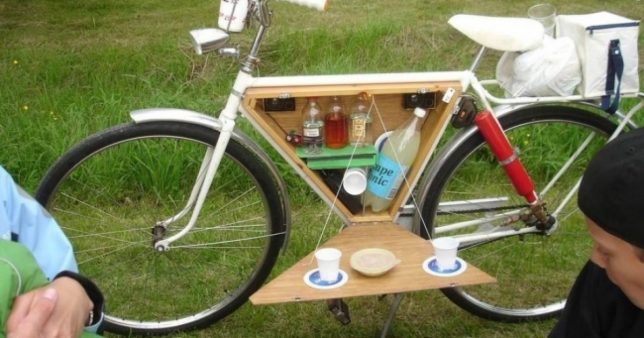
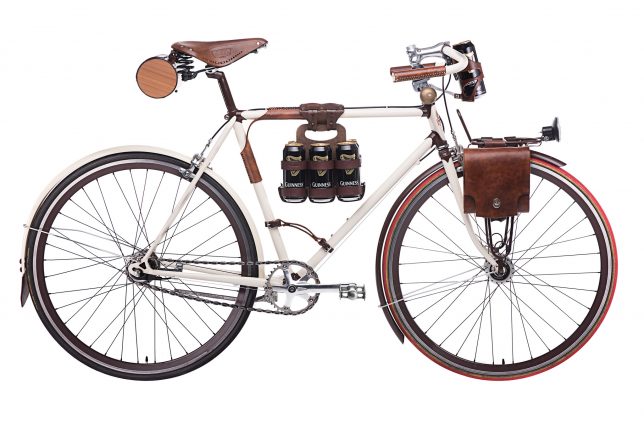
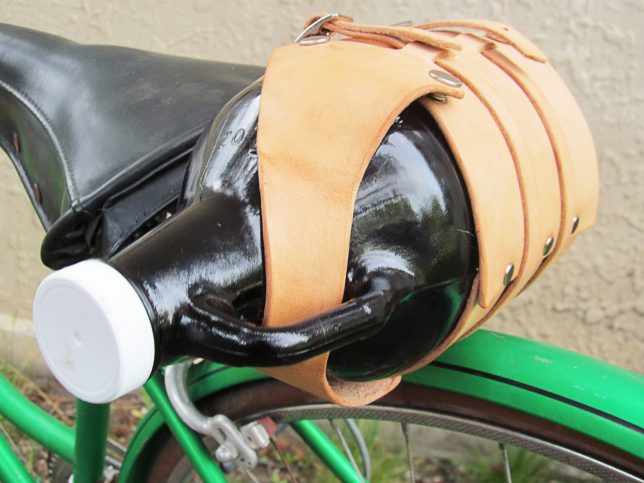
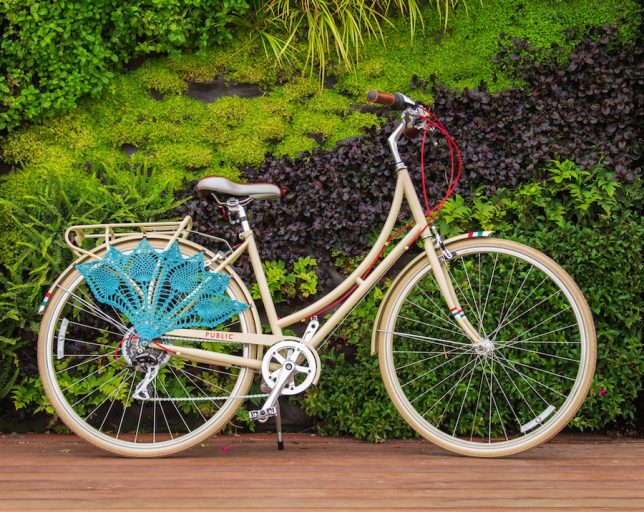
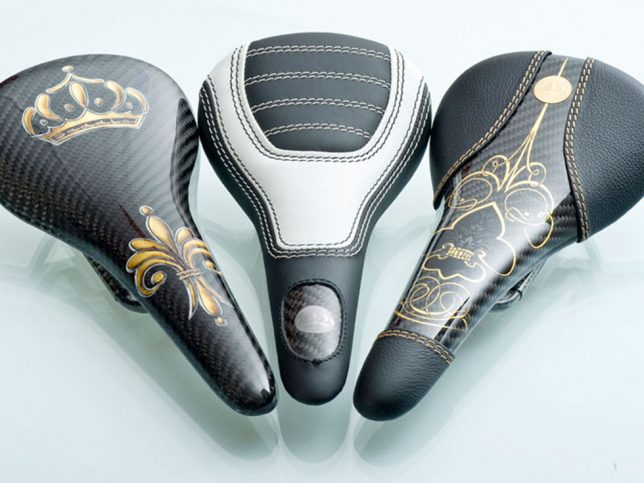
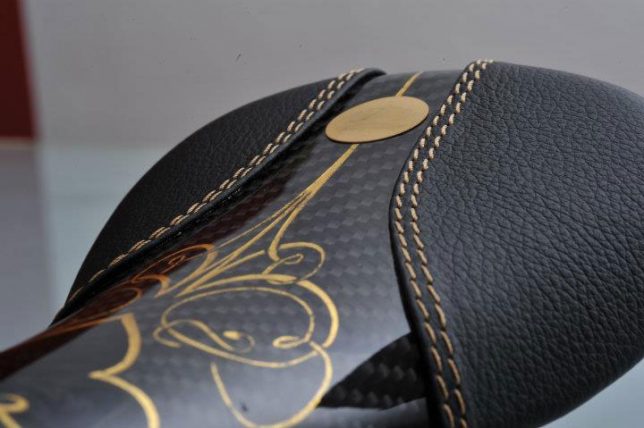




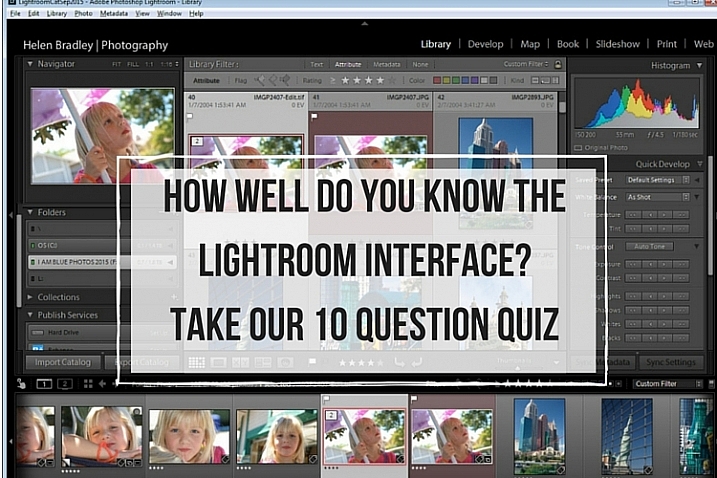

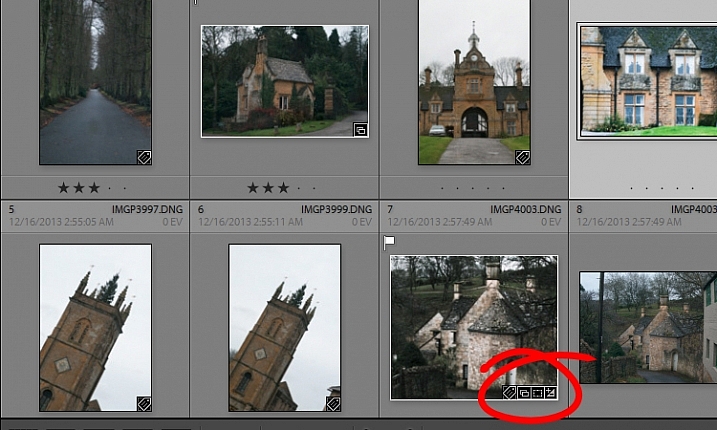
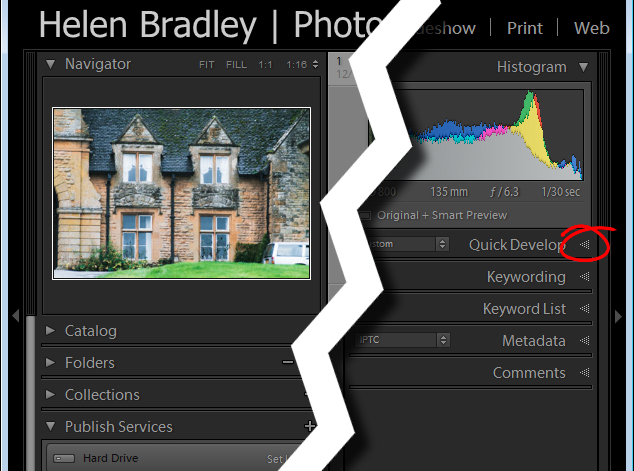
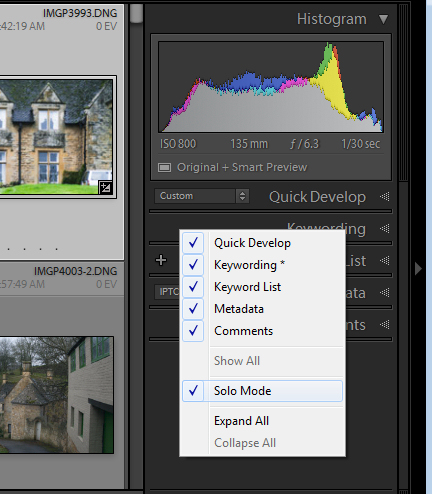

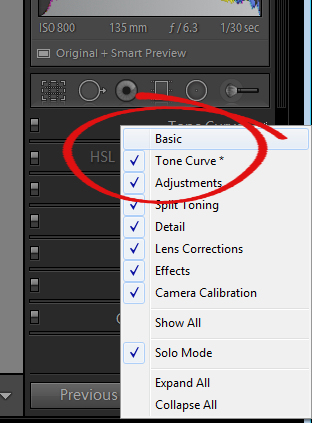
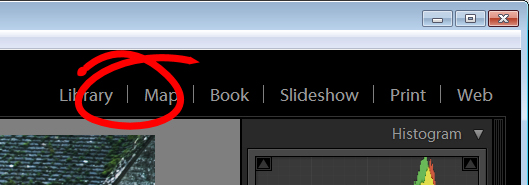


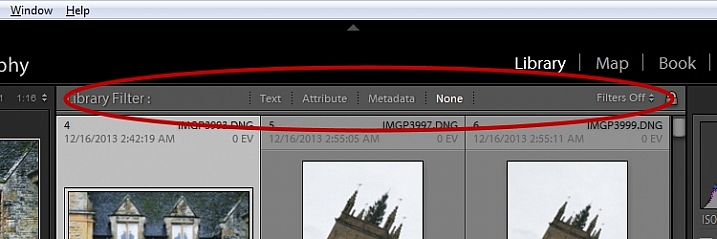
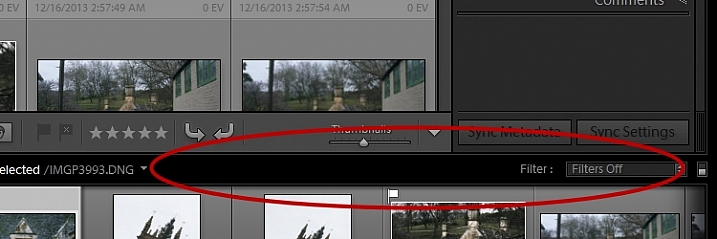
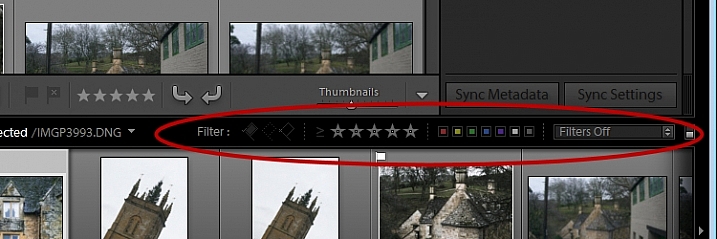
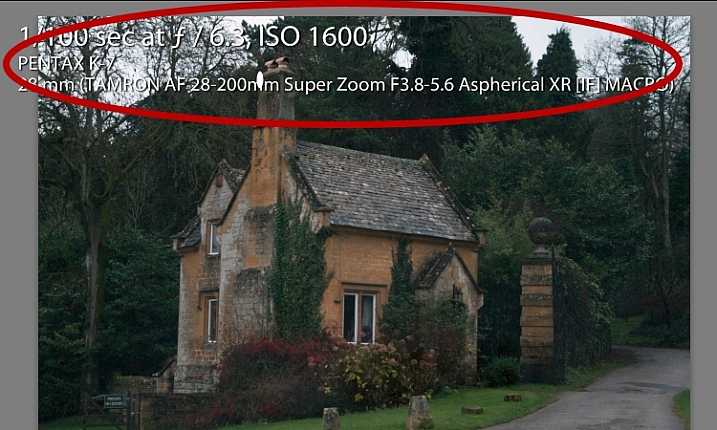
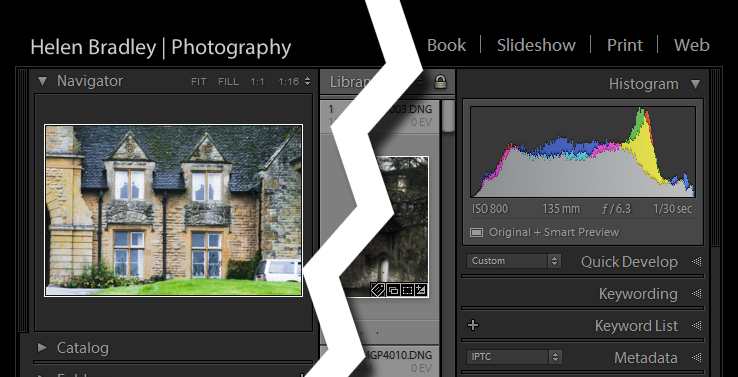
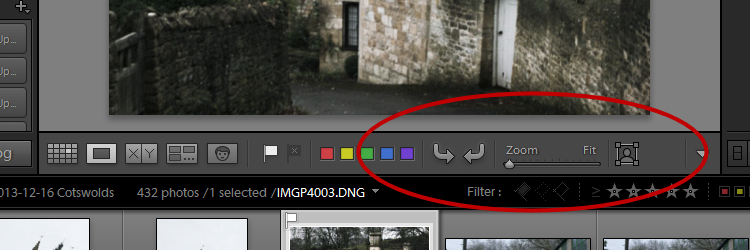
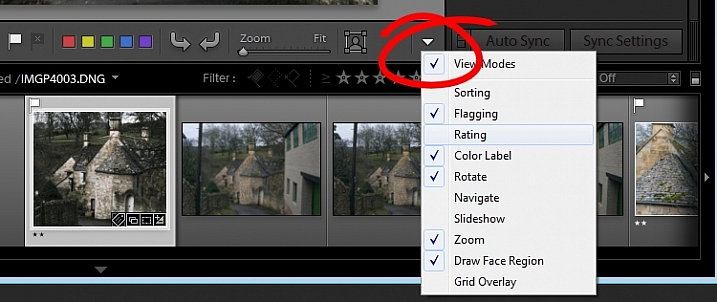
You must be logged in to post a comment.